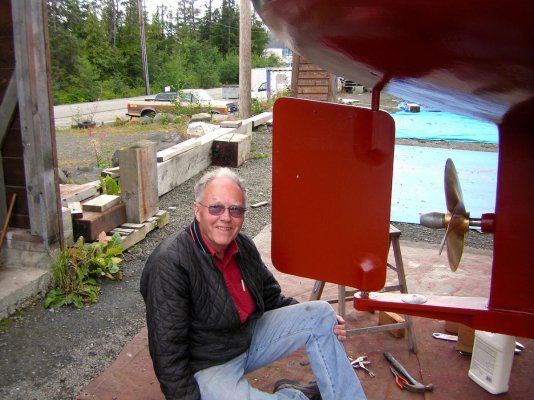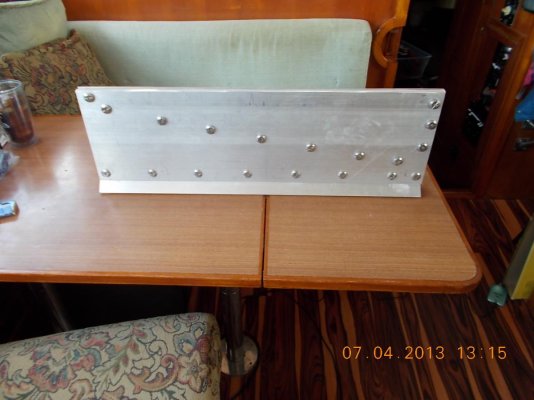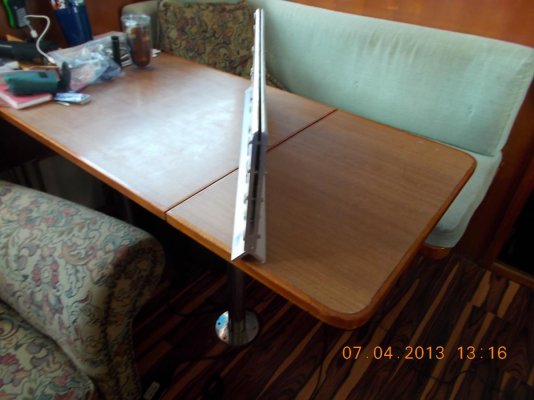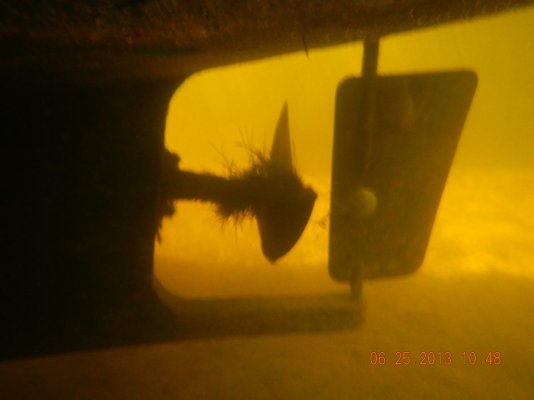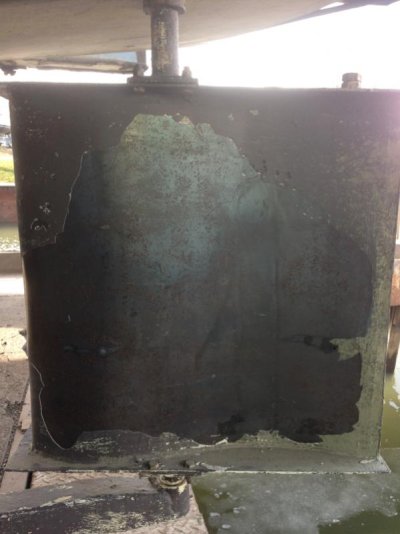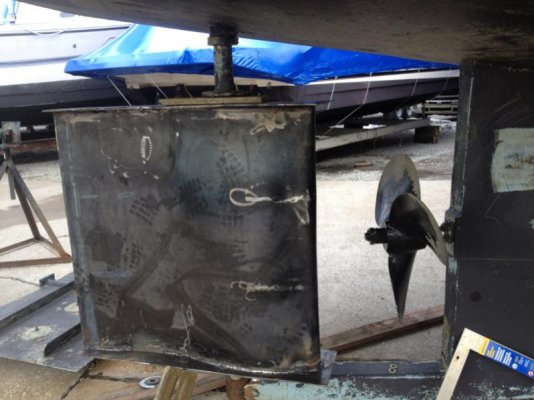READY2GO
Guru
- Joined
- Jan 3, 2012
- Messages
- 521
- Location
- USA
- Vessel Name
- Walkabout
- Vessel Make
- 1989 Sea Ray 380 Aft Cabin
We have a 1978 Marine Trader 36. The helm is very slow to respond and then I end up overcorrecting. Even the autopilot has a little trouble keeping a straight course with no zigzaging. I went for a swim today and took a look at the rudder. I measured it. It is 350 square inches which is 2.4 square feet. That seems really small for this size of boat. Anyone know how this compares with your boat?

